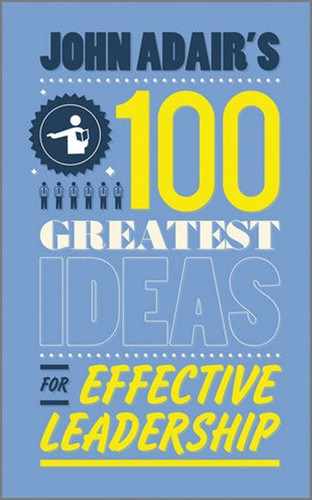Idea 55: How to weigh up the options in decision making
If your enemy has two options open to him, be sure that he will choose the third.
Bismarck
It is invariably necessary to choose a particular course of action out of a range of possible options. What is the best way of ensuring that your own selection process is a sound one?
The basic point here is that you should never assume that there is only one option open to you. Consider a number of options (or as many sensible and pertinent ones as you can muster), many of which will be directly dictated or affected by the facts that you can establish. Gathering information also helps you to collect options, and even to consider options that you might think are closed to you (e.g. increasing price, scrapping low-profit items etc.).
Selecting and working through a range of options means considering the following:
- Which options are possible?
- Which of those are feasible?
- How can feasible options be reduced to two choices, the ‘either/or’?
- Which option (or a mixture of options) should be chosen?
- Is any action really necessary at all, now, later?
- Should options be kept open, so no choice is yet made?
Avoid feeling any compulsion to take action when opting to take no action would be better. Never assume that there are only two possibilities, at least until you have weighed up all the feasible ones you can within a reasonable time frame.
When considering the options beware of false assumptions: test all of them for validity.
At the same time, it is essential to understand the other factors that can limit the range and choice of options or their applicability. You need to exercise judgment about:
- Time.
- Information.
- Resources.
- Knowledge.
Again, beware of false assumptions – including about these factors. You have to know the real (not assumed) limits that the above factors can impose on the options available to you.
Generating more options, particularly if initially there seems to be only one, will usually lead to better decision making. This is where imagination, creative thinking and intuition can help.
Considering fresh possibilities and suspending judgment while generating them (through brainstorming) can increase the range of options by avoiding negativity. Don't fall prey to statements such as:
- ‘It won't work.’
- ‘We do it this way.’
- ‘It can't be done.’
- ‘It failed before.’
When weighing up the options you must refine your skills at considering the consequences, both the possible and the probable. This will lead to an assessment of risks and rewards. Both sets should be carefully calculated in a cost/benefit equation.
 Can I accept the risk of failure? What is the worst that can happen if this option fails, and can I accept that?
Can I accept the risk of failure? What is the worst that can happen if this option fails, and can I accept that?
Then use your judgment to select from the range of options that you have been carefully weighed and assessed as to their probable outcomes.
 When facing a difficult decision, it could be worth getting people together, asking for ideas or brainstorming them, and testing and evaluating the suggestions.
When facing a difficult decision, it could be worth getting people together, asking for ideas or brainstorming them, and testing and evaluating the suggestions.
